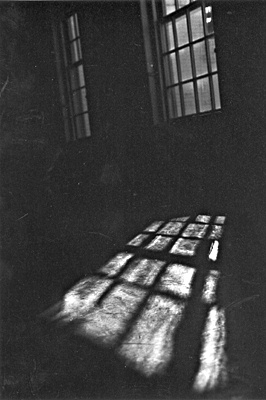All Nonfiction
- Bullying
- Books
- Academic
- Author Interviews
- Celebrity interviews
- College Articles
- College Essays
- Educator of the Year
- Heroes
- Interviews
- Memoir
- Personal Experience
- Sports
- Travel & Culture
All Opinions
- Bullying
- Current Events / Politics
- Discrimination
- Drugs / Alcohol / Smoking
- Entertainment / Celebrities
- Environment
- Love / Relationships
- Movies / Music / TV
- Pop Culture / Trends
- School / College
- Social Issues / Civics
- Spirituality / Religion
- Sports / Hobbies
All Hot Topics
- Bullying
- Community Service
- Environment
- Health
- Letters to the Editor
- Pride & Prejudice
- What Matters
- Back
Summer Guide
- Program Links
- Program Reviews
- Back
College Guide
- College Links
- College Reviews
- College Essays
- College Articles
- Back
In the Shadow of Death
In the Shadow of Death: A Young Girl’s Survival In the Holocaust
When I first picked up the book, “In the Shadows of Death,” I was intrigued to know more about somehow who I consider family. The author, Miriam Kominkowska Greenstein, has been like a grandmother to me for many years. I knew that she was a holocaust survivor, but she never told us as children what she went through. I learned that “Happiness (really) can be found in the darkest of times” (Albus Dumbledore), and she was determined to live through the Holocaust in honor of her family who had died due to the war. Her grandmother and grandfather were murdered at an extermination camp, and her mother and father had died while in labor/ concentration camps. “Among the eleven million Polish deaths, 2,995,000 were Jews, a staggering 98.5 percent of Poland’s prewar Jewish population of three million…..At the end of the war she was among the 1.5 percent of Poland’s Jews to have survived. By combination of luck, inner strength, and daring Miriam made it out alive” (Afterword, Marshall M. Lee, pg 172). Everything Lee explained about the inner strength of Miriam had been true. Miriam survived through thick and thin, five concentration/ labor camps, a three-inch-rusty screw through her foot with not as much a squeak, typhus, scarlet fever, and that is just a few of the horrendous events she dealt within the six years of the Holocaust. She has more inner strength than anyone I know, and maybe more then anyone I will every meet.
In 1941, a new life had begun for M. Kominkowska, as she entered her first concentration camp, the Lodz Ghetto. She was twelve. Throughout the next four years she had been transported through four more concentration/ labor camps, including Auschwitz, which was considered a “gigantic planet of death” (177).
In Bergen-Belsen, M. Kominkowska’s fifth and final camp she was liberated by British troops. She says she was barely conscious, and had typhus at the time. M. Kominkowska says and I quote “I was at death’s door.”
After she regained her health, and World War II ended, M. Kominkowska was on the first ship from Norway to America. She arrived to her “adopted country,” America, on November 26th, 1945. Her only living family, Uncle Moniek “Unkie” and Aunt Hanita “Ciocia”, lived in Portland, Oregon, and after being greeted by them as she got off the ship in New York and Miriam went to live with them. She started school at Grant High School, in Northeast Portland, graduating in the class of 1948. Soon after high school she established a family and had three daughters. She never left Portland.
In “In the Shadows of Death” Miriam Kominkowska vividly explains not only the horrors that went on in her life, but also how life changed for everyone when the Germans took over. She explains first hand how it was to see the despair in people's eyes after losing a loved one, the brutality of people being beaten in the streets, and “Jewish residents (losing) all legal and human rights”(43). Though grim at times, it captures the true stories she had learned to be ashamed of for over 40 years. In writing this book it was not for fame, nor fortune, but to share her story.
This book brought tears to my eyes, smiles on my face, and reminded me of the voice of my “grandma.” I would recommend this book to anyone who has the courage to feel the pain of the many men, women, and children who lived through and suffered pain in not just Poland, but in any concentration camp, labor camp, and/or extermination camps.

Similar Articles
JOIN THE DISCUSSION
This article has 0 comments.
